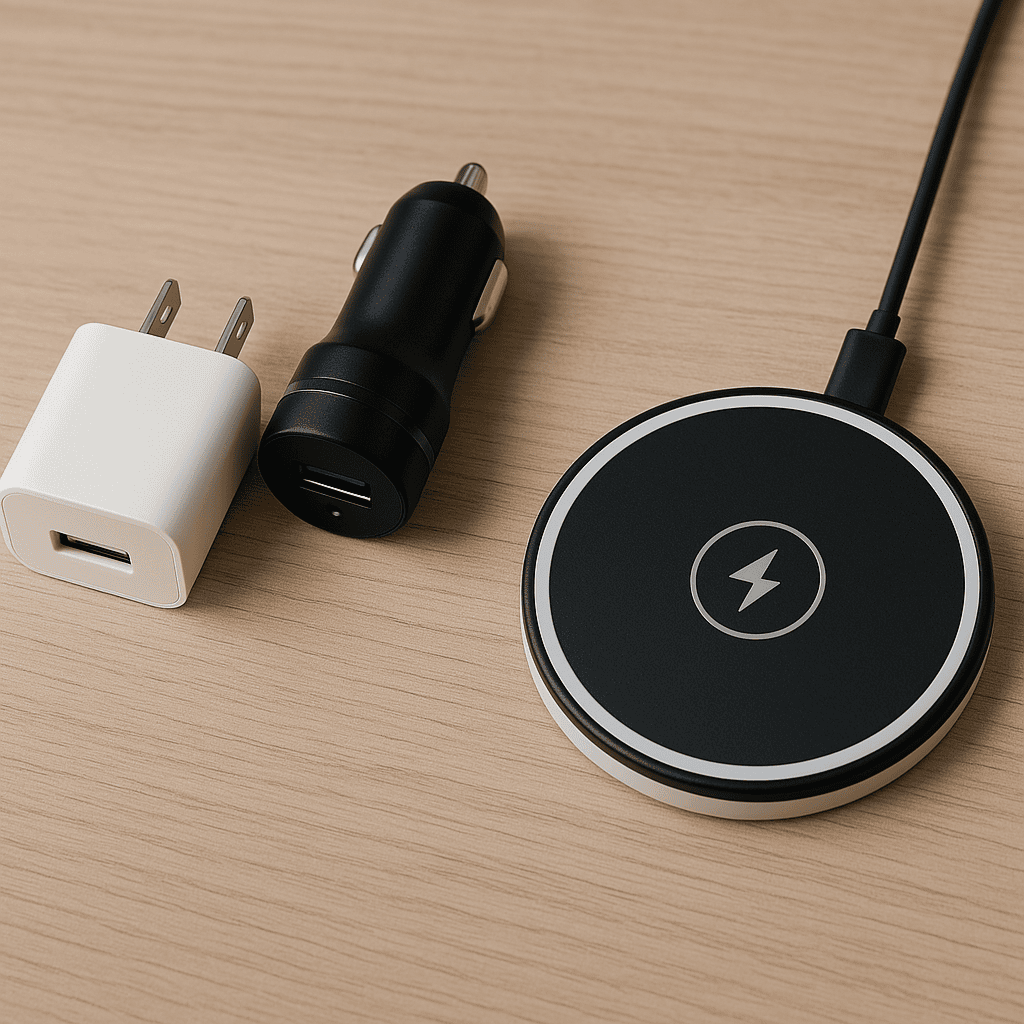In a world that never sleeps, staying powered up is essential. From smartphones and laptops to wireless earbuds and electric vehicles, chargers have become the unsung heroes of our daily lives. We rely on them constantly, yet rarely give them a second thought — until they stop working.
Let’s take a closer look at the world of chargers, the different types available, and why choosing the right one matters more than you think.
What is a Charger?
What is a Charger?
A charger is an electrical device that provides the necessary energy to recharge a battery-powered gadget. It converts electricity from a wall socket, power bank, or USB port into a form that can be safely stored by your device’s battery. Simple, right? Not quite.
Today’s chargers vary widely in design, speed, compatibility, and functionality.
Types of Chargers You Should Know
Types of Chargers You Should Know
Wall Chargers
The most common type, these plug directly into power outlets and typically come with USB-A or USB-C ports. Some modern versions support fast charging and multiple device connections.Wireless Chargers
Wireless chargers use electromagnetic fields to deliver power, allowing devices to charge without physical connectors. Ideal for smartphones and smartwatches that support Qi technology.Car Chargers
Designed for on-the-go charging, these plug into your vehicle's lighter socket or dedicated charging port and are perfect for travel.Portable Power Banks
Compact and rechargeable, power banks allow you to charge devices when outlets aren’t available — ideal for travelers and commuters.Laptop and Device-Specific Chargers
These are often proprietary, meaning they’re made for specific brands or models (think MacBook chargers or DSLR battery chargers).
Fast Charging: Hype or Hero?
Fast Charging: Hype or Hero?
Fast charging has changed the game. With technologies like Quick Charge, Power Delivery (PD), and Dash Charge, many devices can now reach 50–80% battery in under 30 minutes. However, not all devices support this feature, and using incompatible chargers can lead to overheating or reduced battery health.
The Future of Charging
The Future of Charging
As technology evolves, so do charging methods. We’re heading towards universal charging with USB-C becoming the global standard. Magnetic chargers, solar-powered solutions, and eco-friendly materials are also shaping the future.
Frequently Asked Questions (FAQs)
Frequently Asked Questions (FAQs)
Q1: Can using a different charger damage my phone?
A: Yes, using low-quality or incompatible chargers can overheat your phone, damage the battery, or even pose a fire risk. Always use certified and compatible chargers.
Q2: What is the difference between USB-A and USB-C?
A: USB-A is the older, larger connector, while USB-C is a newer, reversible connector that supports faster charging and data transfer.
Q3: Is wireless charging bad for battery life?
A: Not necessarily. Modern wireless chargers are designed to be safe. However, they may generate more heat than wired chargers, which could affect battery life over long-term use.
Q4: Can I use fast chargers for regular devices?
A: Yes, but your device will only draw the amount of power it can handle. Fast chargers are usually backward-compatible with regular devices.
Q5: How do I know if a charger is safe to use?
A: Check for safety certifications like CE, UL, or FCC, and avoid using damaged or unbranded chargers.
Conclusion
Conclusion
Chargers may seem like simple accessories, but they play a crucial role in keeping our devices — and our lives — running smoothly. With so many types available, from traditional wall plugs to wireless and fast-charging solutions, choosing the right charger is more important than ever. Prioritize quality, compatibility, and safety to protect your devices and ensure reliable performance. As technology continues to evolve, so will charging solutions — and staying informed will help you power through the future with confidence.

